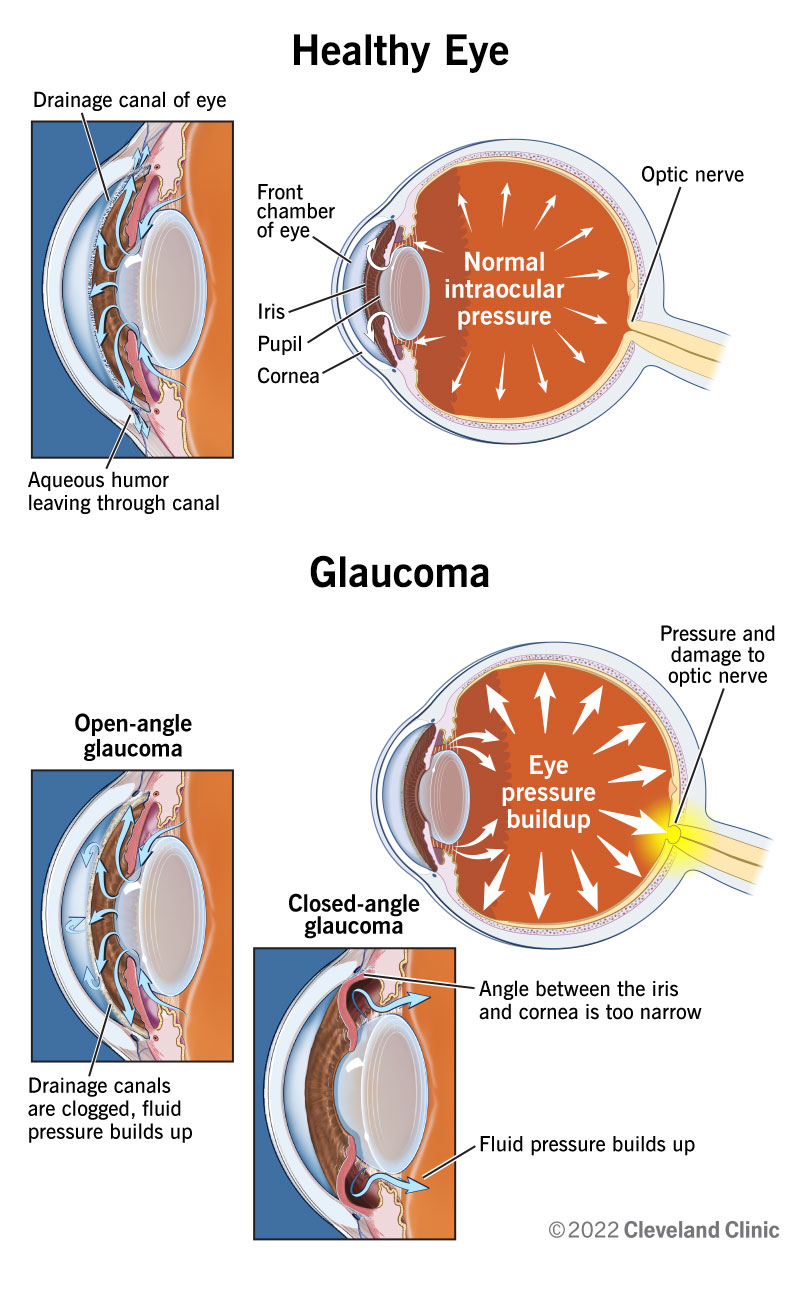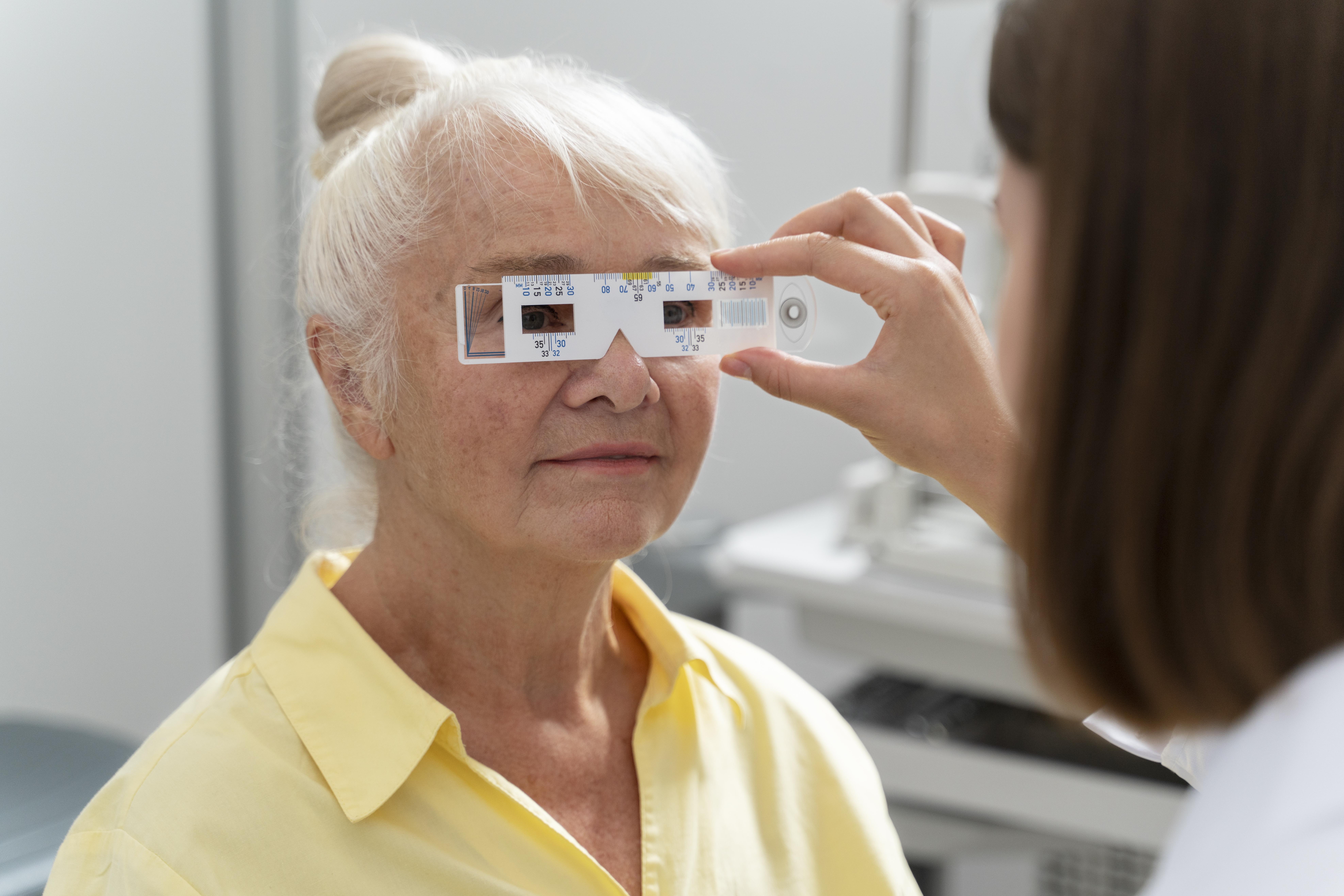Comprehensive Retina Service Near Me: Specialist Look After Your Vision
Comprehensive Retina Service Near Me: Specialist Look After Your Vision
Blog Article
Understanding the Various Vision Correction Procedures Available for Clearer View
In the world of vision adjustment treatments, a wide range of alternatives exist to deal with refractive mistakes and offer people with clearer sight. From the extensively recognized LASIK surgical procedure to less invasive procedures like PRK and implantable lenses, the area of ophthalmology supplies a variety of strategies customized to suit different needs and preferences. Each procedure comes with its very own set of factors to consider, benefits, and possible dangers. Comprehending the nuances of these vision improvement techniques is essential for making educated decisions regarding one's aesthetic health. Allow's explore the intricacies of these procedures and dropped light on the path to attaining improved vision quality.
LASIK Surgical Treatment
LASIK surgery is a typical refractive treatment made use of to deal with vision troubles such as farsightedness, nearsightedness, and astigmatism - retina service near me. This medical strategy, which stands for Laser-Assisted sitting Keratomileusis, aims to reshape the cornea to improve exactly how light is focused on the retina, inevitably enhancing vision clearness. Throughout the procedure, a thin flap is created on the cornea, and a laser is used to get rid of exact amounts of tissue to reshape it properly. This reshaping permits for light to be properly concentrated onto the retina, dealing with refractive mistakes.
One of the key advantages of LASIK surgical procedure is the fast renovation in vision experienced by patients. In general, LASIK surgical treatment is a preferred selection for people looking for a long-lasting remedy for their vision troubles.
PRK Procedure
While also an usual refractive treatment, the PRK (Photorefractive Keratectomy) strategy differs from LASIK surgical treatment in its approach to remedying vision problems. In PRK, as opposed to producing a flap on the cornea, the outer layer of the cornea, called the epithelium, is totally removed. This enables the laser to improve the cornea to deal with refractive errors such as astigmatism, nearsightedness, and farsightedness straight externally.

Regardless of the longer recuperation time, PRK can generate exceptional lead to vision enhancement, making it a useful option for those who might not be appropriate candidates for LASIK surgical treatment.
Implantable Lenses
In comparison to PRK where the cornea is reshaped directly, implantable lenses supply one more method for correcting vision by putting artificial lenses inside the eye. This treatment is especially valuable for individuals with high levels of astigmatism, farsightedness, or nearsightedness that may not be suitable prospects for laser surgical treatments like LASIK or PRK.
Implantable lenses, also recognized as phakic intraocular lenses, work by supplementing the eye's all-natural lens with a fabricated one. refractive surgeries in al. These lenses can be put in front of the natural lens (anterior chamber) or behind the iris and before the natural lens (posterior chamber) By adjusting the power and positioning of these lenses, ophthalmologists can properly remedy refractive mistakes and enhance aesthetic acuity
One benefit of implantable lenses is that they are detachable and exchangeable, providing adaptability for future adjustments. Nonetheless, as with any type of operation, there are threats included, such as infection or cataract development. Clients considering implantable lenses need to consult with an eye treatment specialist to determine the most appropriate choice based upon their individual demands and eye health.
Corneal Rings
Corneal rings, likewise understood as intracorneal ring sectors, are tiny, clear devices placed into the cornea to remedy vision look at more info distortions such as keratoconus. Keratoconus is a problem where the cornea thins and protrudes external, creating vision to come to be distorted. The insertion of corneal rings helps to flatten the cornea, improving visual acuity and reducing the irregular astigmatism caused by keratoconus.
The procedure for placing corneal rings is fairly quick and minimally invasive, frequently carried out as an outpatient procedure. During the surgical treatment, the eye doctor makes a little incision in the cornea and inserts the rings at a particular depth. As soon as in area, the rings help to improve the cornea, giving a smoother surface area for light to go into the eye, which can result in clearer vision.
Corneal rings are considered a reversible procedure, as they can be removed or changed if essential. retina service near me. While they may not entirely get rid of the demand for glasses or call lenses, corneal rings can significantly boost vision high quality and overall aesthetic comfort for people with keratoconus or other corneal abnormalities
Refractive Lens Exchange
Complying with the correction of corneal abnormalities with procedures like corneal rings, one more vision correction method that can attend to refractive mistakes is Refractive Lens Exchange (RLE) RLE is a procedure that link includes changing the eye's all-natural lens with a man-made intraocular lens (IOL) to fix refractive mistakes such as presbyopia, nearsightedness, and farsightedness. This procedure is especially beneficial for individuals that may not appropriate candidates for procedures like LASIK or PRK because of variables such as thin corneas or high refractive errors.

Final Thought
In verdict, there are numerous vision correction procedures available to assist individuals accomplish more clear sight. LASIK surgical treatment, PRK treatment, implantable lenses, corneal rings, and refractive lens exchange are all alternatives that can resolve various vision concerns.
In the realm of vision correction procedures, a wide range of alternatives exist to address refractive mistakes and provide individuals with clearer sight.LASIK surgery is an usual refractive procedure utilized to fix vision issues such as farsightedness, astigmatism, and nearsightedness.While likewise a typical refractive procedure, the PRK (Photorefractive Keratectomy) technique varies from LASIK surgical treatment in its method to dealing with vision problems.Following the adjustment of corneal irregularities with treatments like corneal rings, another vision adjustment strategy that can deal with refractive errors is Refractive Lens Exchange (RLE) LASIK surgical procedure, PRK treatment, implantable lenses, corneal rings, and refractive lens exchange are all choices that can resolve various vision concerns.
Report this page